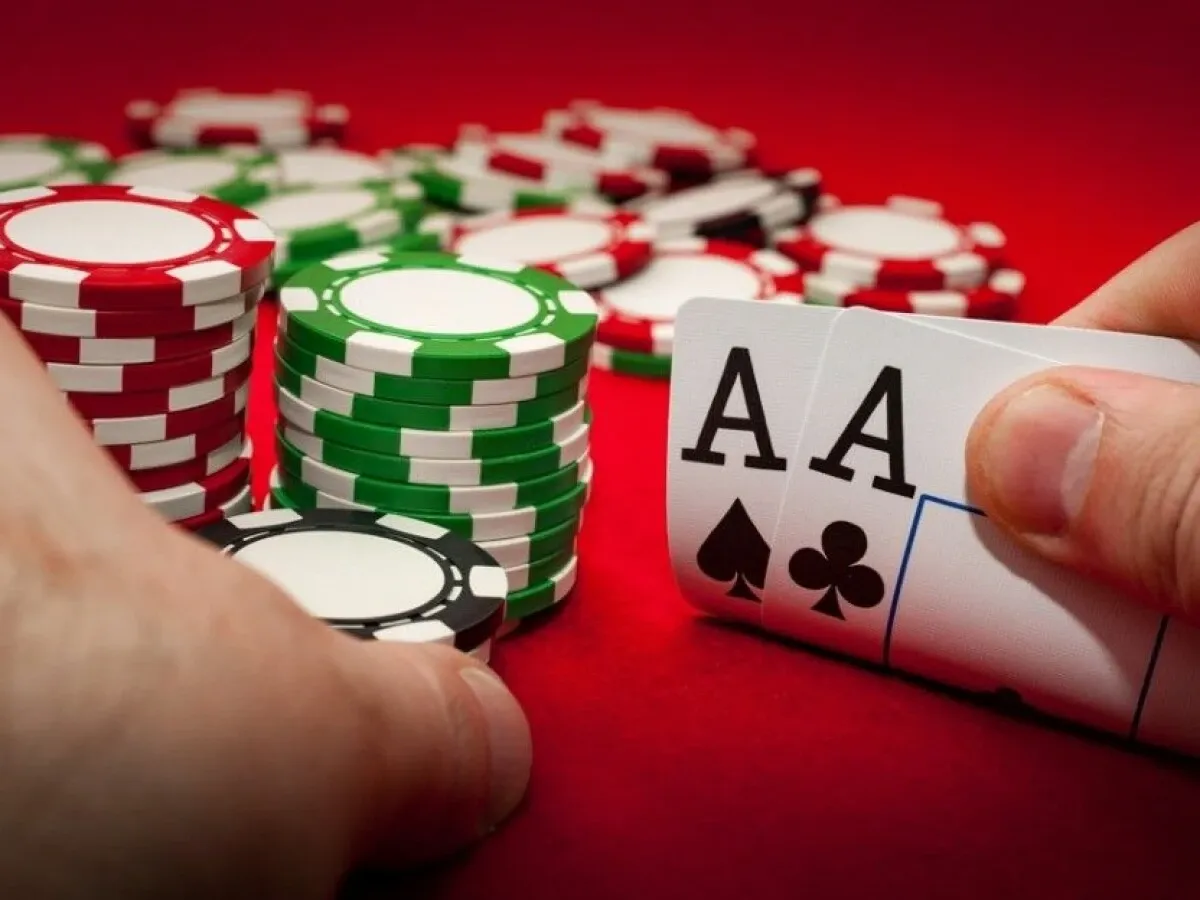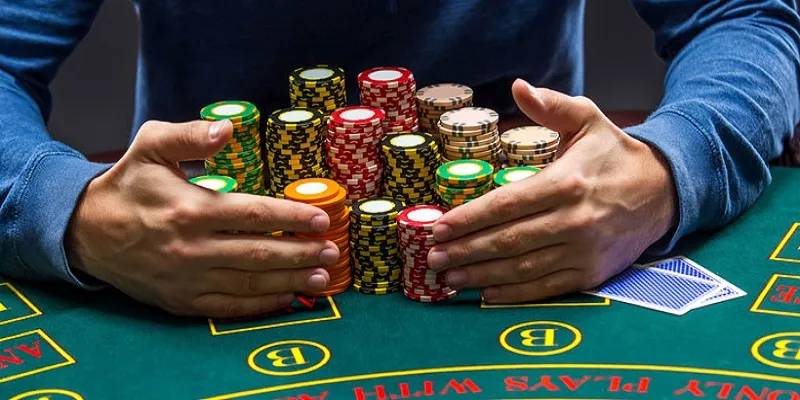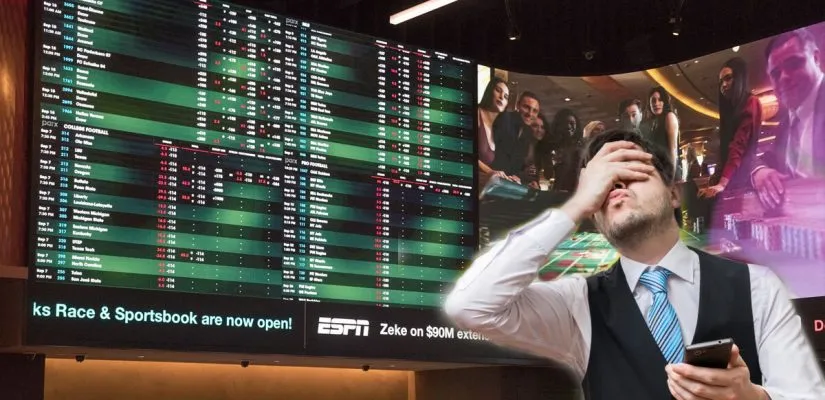Baccarat, also known as Punto Banco, is a popular card game that has been played for centuries. Its origins can be traced back to 15th century Italy and it has since become a favorite among high rollers and casual players alike. However, with its complex rules and terminology, baccarat can seem intimidating to beginners. In this article, we will break down the terminology used in baccarat, making it easier for you to understand and enjoy the game.

1. The Basics of Baccarat
Before delving into the terminology, let’s first cover the basics of baccarat. The game is played between two hands – the player and the banker – with the objective being to get a hand with a total value closest to 9. Aces count as 1, while 10s and face cards are counted as 0. Other cards retain their face value. If the total value of a hand exceeds 9, the first digit is dropped. For example, if a hand has a 6 and an 8, the total value would be 14, but the first digit is dropped, making the hand worth 4.
Now that we have covered the basics, let’s dive into the terminology used in baccarat.
1. Natural
A natural hand is one where the first two cards dealt to either the player or the banker have a total value of either 8 or 9. This is considered the best possible hand in baccarat and automatically wins the round. If both the player and banker have a natural hand, the round ends in a tie.
Some casinos have specific rules for naturals, such as requiring the player to stand on a natural 8 or drawing a third card on a natural 9. It is important to check the rules of the casino you are playing at to avoid confusion.
2. Ties
A tie occurs when both the player and banker have hands with the same total value. In this case, neither the player nor the banker wins and all bets placed on the outcome of the round are returned to the players.
Ties are relatively rare in baccarat, with only about 9% of hands ending in a tie. However, it is worth noting that the odds for a tie payout are significantly higher than betting on either the player or banker, making it an attractive option for some players.
3. Commission
In traditional baccarat, a 5% commission is charged on all winning banker bets. This means that if you place a bet on the banker and win, you will receive your winnings minus 5%. This commission is put in place to give the casino an edge over players, as the banker bet has slightly better odds than the player bet.
However, some casinos have started offering a lower commission rate of 4%, while others offer a “no commission” game where the casino pays out even money on winning banker bets.
4. Drawing Rules
Drawing rules refer to the conditions under which a third card can be dealt to either the player or banker hand. These rules vary depending on the version of baccarat being played, but there are three main drawing rules that are commonly used:
- Player draws: In this version, the player draws a third card if their hand has a total value of 0-5.
- Banker draws: In this version, the banker draws a third card based on a set of complex rules that take into account the banker’s hand, the player’s third card, and the value of the player’s initial two cards.
- No draw: In this version, neither the player nor the banker draws a third card and the hand with the highest value wins.
It is important to familiarize yourself with the drawing rules before playing baccarat to avoid confusion during the game.
5. Shoe
A shoe is a device used to hold multiple decks of cards in baccarat. It allows for quicker and more efficient dealing, as well as reduces the chances of cheating by shuffling the cards before each round. Depending on the casino, a shoe may hold 6-8 decks of cards.
6. Cut Card
A cut card is a colored plastic card that is inserted into the shoe to indicate when the dealer should shuffle the cards. When the cut card is reached, the dealer shuffles the cards and a new round begins. Some casinos also use cut cards to determine the winner of a tie – if the player’s or banker’s initial two cards match the color of the cut card, they win.
2. Betting Terminology

Now that we have covered the basic terminology used in baccarat, let’s move on to betting terms. These terms refer to various types of bets that can be placed in baccarat.
1. Player Bet
The player bet refers to a bet placed on the player hand winning the round. If the player hand wins, the bet pays out even money. This means that for every dollar you bet, you will receive an additional dollar if your bet is successful.
2. Banker Bet
The banker bet is a bet placed on the banker hand winning the round. As mentioned earlier, this bet has slightly better odds than the player bet, but comes with a commission charge. If the banker hand wins, the bet pays out even money minus the commission fee.
3. Tie Bet
As discussed earlier, the tie bet is a bet placed on both the player and banker hands having the same total value. This bet typically has significantly higher odds, but lower chances of winning.
4. Pair Bet
A pair bet is a side bet that can be placed on either the player or banker hand forming a pair with their initial two cards. A pair refers to two cards with the same value, such as two 10s or two 3s. The payout for a pair bet varies depending on the casino, but it can range from 5:1 up to 11:1.
5. Fortune Six
Fortune Six is another side bet that can be placed in some versions of baccarat. It is a bet placed on the banker hand winning with a total value of 6. If this happens, the bet pays out at odds of 12:1.
3. Strategy Terminology
While baccarat is a game that relies heavily on luck, there are some strategies that players can employ to increase their chances of winning. Here are some commonly used terms related to baccarat strategies:
1. Martingale System
The Martingale system is a popular betting strategy that involves doubling your bet after every loss. The idea behind this system is that eventually, you will win a round, and when you do, you will recover all your previous losses and make a profit. However, this strategy requires a large bankroll and does not guarantee success.
2. Paroli System
Similar to the Martingale system, the Paroli system also involves increasing your bet after a win. However, instead of doubling your bet, you increase it by one unit after a win. This system is considered less risky than the Martingale system, but also offers smaller potential gains.
3. Flat Betting
Flat betting refers to placing the same bet amount on each round, regardless of whether you win or lose. This strategy is favored by many baccarat players as it reduces risk and allows for a more consistent playing experience.
4. Scorecard
A scorecard is a tool used by some players to track the outcome of previous rounds in an attempt to identify patterns and predict future outcomes. However, baccarat is a game of chance and each round is independent of the previous one, making scorecards largely ineffective.
5. Bankroll Management
Bankroll management refers to the practice of managing your funds while playing baccarat. Setting a budget for your bets and sticking to it is essential to avoid overspending and chasing losses. It is important to have a clear understanding of your bankroll and how much you are willing to risk before starting to play.
4. Regional Variations
While the terminology discussed in the previous sections is used in most versions of baccarat, there are some variations that have their own unique terms. Here are some examples:
1. Chemin de Fer
Chemin de Fer, also known as Chemmy, is a popular variation of baccarat played primarily in Europe. In this version, players take turns being the banker and can draw multiple cards if they wish. The term “chemin de fer” means “railway” in French, referring to the fact that the player with the highest bet acts as the dealer, “steering the train”.
2. Baccarat Banque
Baccarat Banque is another popular European variation of baccarat where three decks of cards are used. In this version, the banker can either be a player or the house and can draw additional cards if they wish. The term “banque” means “bank” in French, referring to the banker’s role in the game.
3. Punto Banco
Punto Banco is the version of baccarat commonly played in North American casinos. In this version, every player at the table has the option to bet on either the player, banker, or tie. The term “punto banco” means “player banker” in Spanish, highlighting the two main bets in the game.
5. Etiquette and Rituals

Baccarat has a rich history and is steeped in rituals and traditions that add to the elegance and sophistication of the game. Understanding and following proper etiquette while playing can enhance your overall experience. Here are some examples of common etiquette and rituals associated with baccarat:
1. Third-Card Rule
As discussed earlier, there are specific rules governing when players can draw a third card based on their initial two cards. It is important to know these rules before playing as not adhering to them can cause confusion and disrupt the flow of the game.
2. Card-Squeezing
Card-squeezing refers to the practice of slowly revealing the value of a card by bending and peeling back its edges. This is done mostly for show, to build suspense and add to the drama of the game. While this practice is not essential to the game, it is a fun tradition that adds to the overall experience of playing baccarat.
3. Tipping the Dealer
Tipping the dealer is a way to show appreciation for their services and is considered good etiquette in baccarat. It is customary to tip the dealer after a win, and the amount can vary depending on the size of the win. However, tipping is not mandatory, and it is up to each player’s discretion whether they want to tip or not.
4. Sitting Out
In traditional baccarat, players take turns being the banker. If you are not interested in being the banker, it is considered polite to “sit out” and let the next player take their turn.
5. Superstitions
Baccarat is a game that is riddled with superstitions and rituals. Some players believe that specific rituals or actions can bring them good luck, while others believe in certain lucky charms. While these superstitions have no impact on the outcome of the game, they are a fun and harmless part of the baccarat tradition.
6. Conclusion
In conclusion, understanding the terminology used in baccarat is crucial to fully enjoy and appreciate this classic card game. With its rich history, complex rules, and elegant traditions, baccarat is a game that continues to captivate players around the world. Whether you are a beginner or a seasoned player, knowing the terminology will enable you to confidently navigate your way through the game and make the most out of your baccarat experience. So, next time you sit down at a baccarat table, you can impress your fellow players with your knowledge of the game’s terminology. Happy playing!


